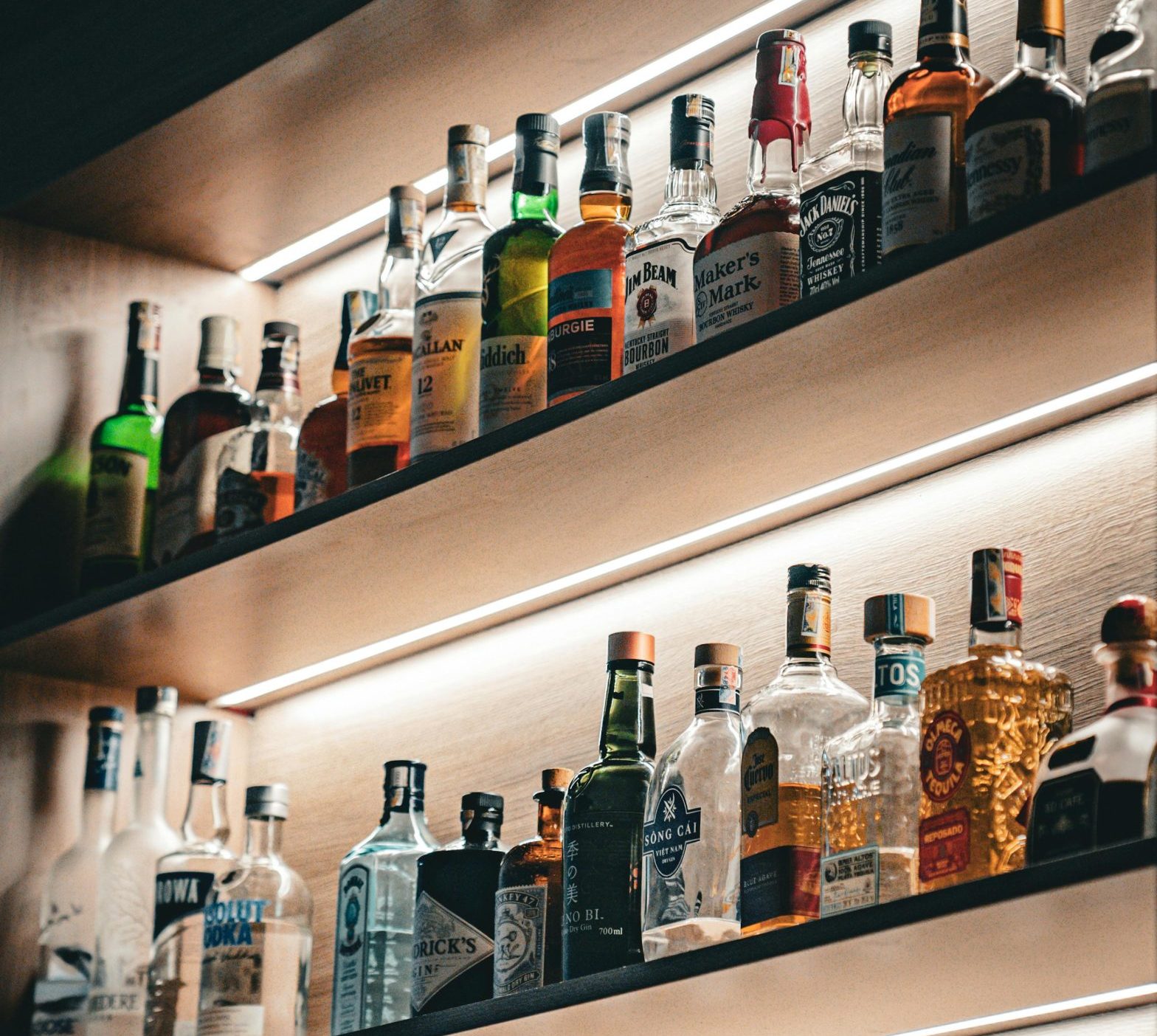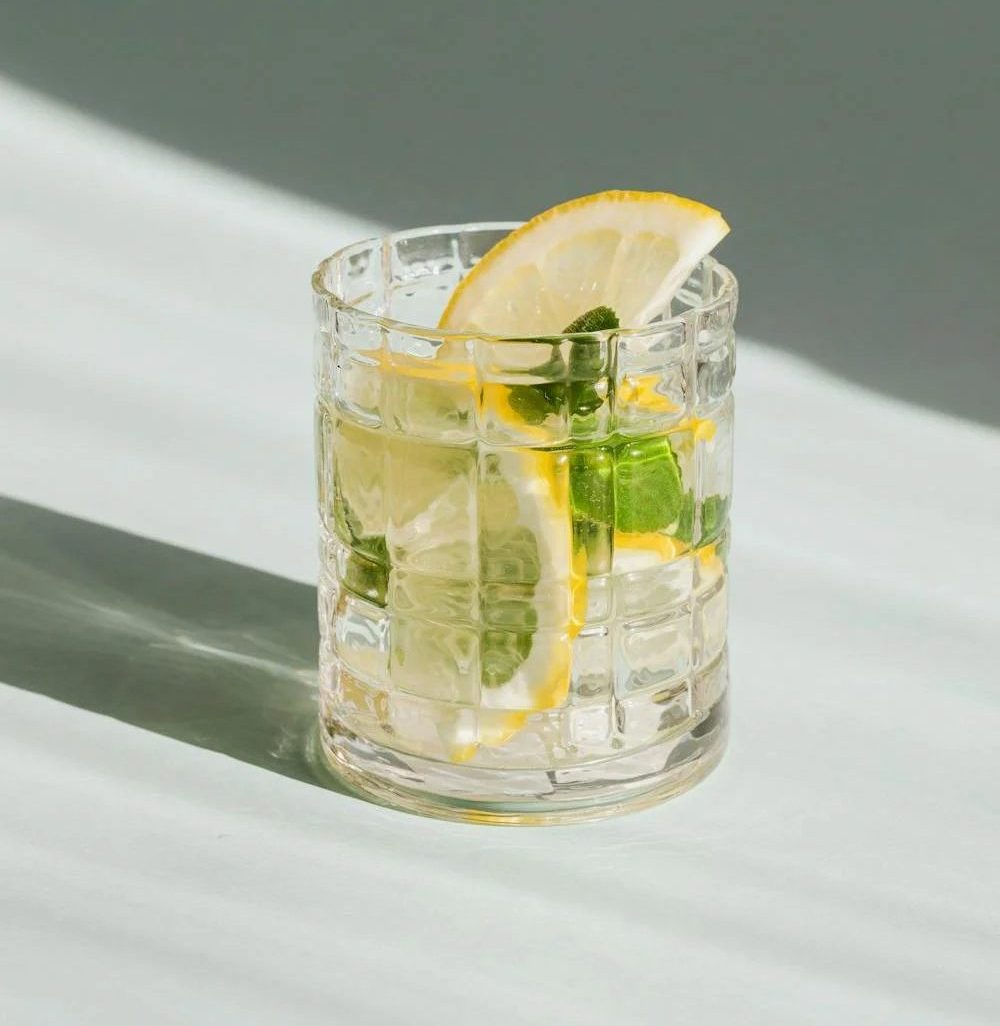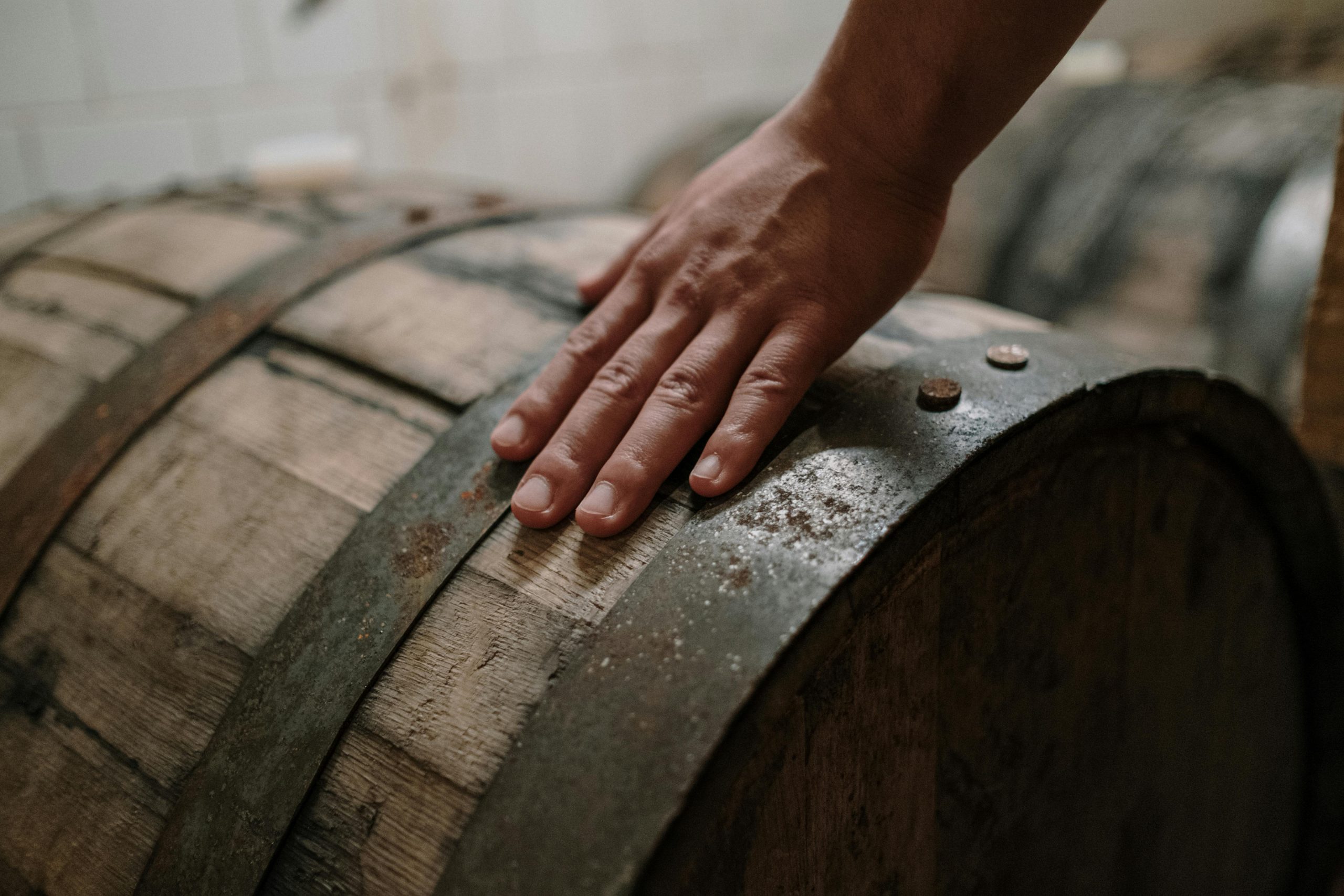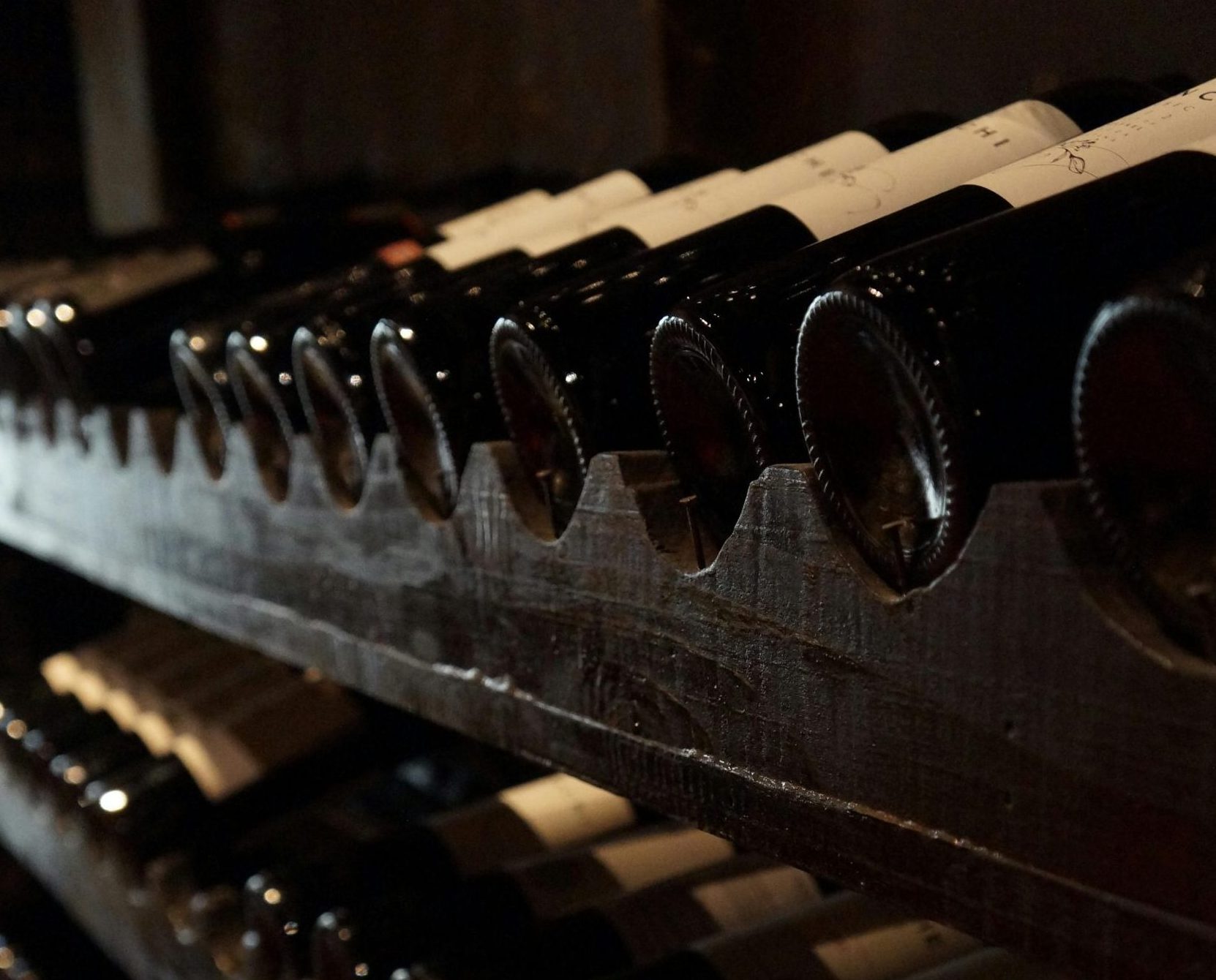Blog
From Liquid to Label: Choosing the Right Bulk Alcohol and Packaging for Your Beverage

In the alcohol industry, every standout product starts with two foundational decisions: your base alcohol and your packaging. Your base—whether it’s a neutral spirit, botanical, agave, or grain—defines the direction, flavor, and character of your beverage. Your packaging shapes how it is preserved, presented, and delivered to your target customer.
Choosing the right combination does more than check boxes. It influences quality, efficiency, cost, and most importantly, consumer perception. Here’s how to get it right:
1. Start with Your Beverage Type
Your product determines your packaging.
-
Spirits demand premium cues like custom glass, tamper-proof closures, and foil-stamped labels to meet TTB standards and elevate brand perception.
-
RTD cocktails thrive in aluminum cans for portability, resealability, and durability—especially for high-proof, convenience-first offerings.
-
Wine usually leans traditional with glass bottles, but formats like canned rosé or bag-in-box appeal to casual, eco-conscious, or outdoor audiences.
2. Match Packaging to Your Route to Market
How you sell your product impacts what packaging works best.
-
Direct-to-consumer: Lightweight, shatterproof options like aluminum or PET reduce breakage and cut down shipping costs.
-
Retail distribution: Products on-shelf need visual impact and strong brand presence. Glass works well for premium spirits and wines due to its heritage feel and visual appeal.
At AlcSource, we help brands align their bulk alcohol and packaging strategy with their go-to-market goals, from RTD formats to traditional spirits and wine.
3. Understand the Pros and Cons of Glass and Aluminum
Glass
-
Premium appearance
-
Preserves flavor without reactivity
-
Commonly used for spirits and wine
Aluminum
-
Lightweight and durable
-
Great for carbonated and RTD products
-
Sustainable and cost-effective
4. Build Trust and Protect Quality
Packaging should deliver on consumer expectations while protecting product integrity. This includes barriers against light and oxygen, secure closures, and packaging formats that reinforce product safety and freshness.
Before you finalize a label or fill your first bottle, it starts with sourcing the right bulk alcohol to ensure the quality behind your packaging holds up to what consumers expect.
5. Reflect Your Brand Identity
Your alcohol and your packaging should work together to tell your brand’s story. Every design decision—from bottle shape to font choice—should reflect your values and appeal to your target audience.
Looking to learn more about which types of alcohol are best for your next project? Or need help choosing the perfect packaging for your alcohol brand? Our team is here to help, contact one of our experts now.


